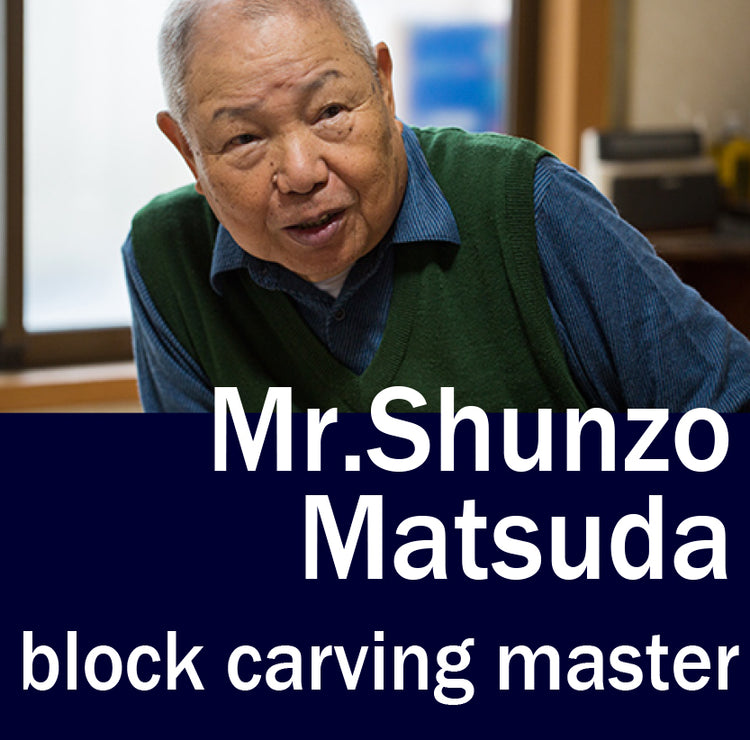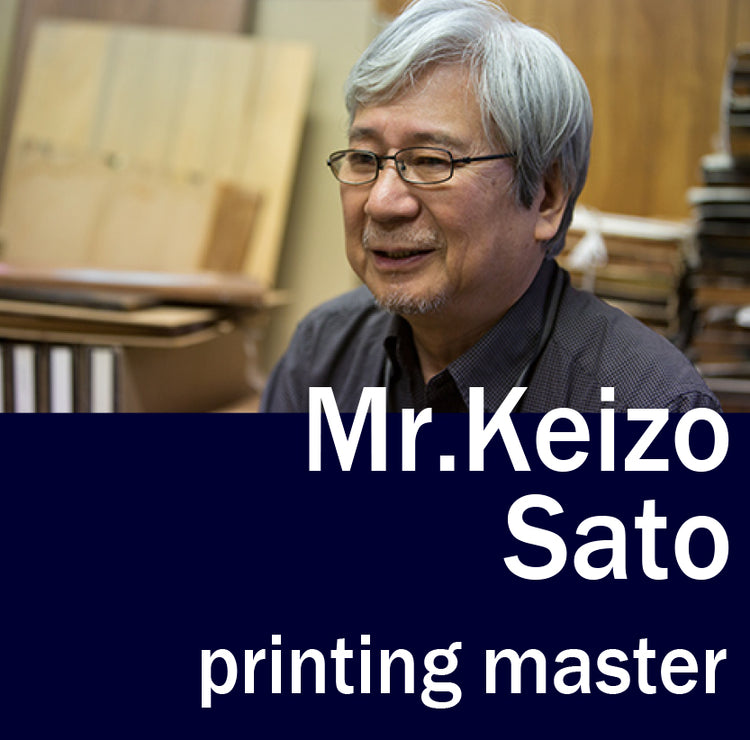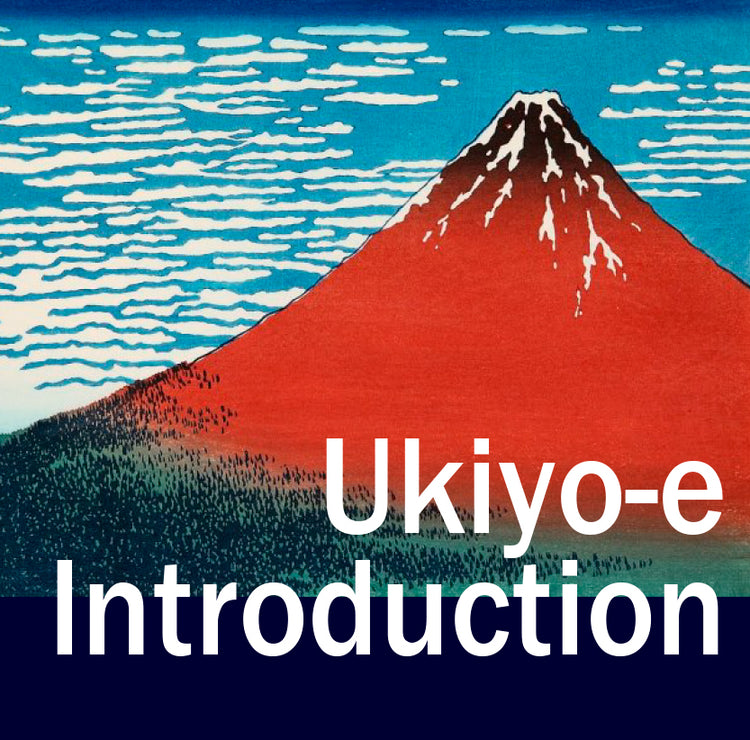Ukiyo-e is entertainment for people who enjoy living and seeing the world positively in the Edo period
It is said that the beginning of Ukiyo-e was after Edo Great Fire, that occurred in January 1657 (Meireki 3).
The fire burnt out the entire town and nothing was left. After that, illustrating and depicting the rebirth trend with Edo city was the origin of Ukiyo-e.
“Ukiyo” is spelled out “gloomy world” in kanji, (Chinese characters), literally. As the kanji characters represent the original word, it means the gloomy world.
On the other hand, under the reconstruction atmosphere, because of such a difficult time, people started to think to enjoy life and have fun. In short, Ukiyo-e, whose meaning changed to mean “the illustration of the floating world,” was the entertainment for general people who enjoy living in the time and seeing the world positively. In that sense, Ukiyo-e depicted various genres, such as prostitutes in Yoshiwara, Kabuki actors, beautiful women in town, sumo wrestlers, firefighters, landscapes, and stories.
Ukiyo-e has two styles. One is woodblock print and the other is drawing (hand drawn). The drawing (hand drawn) was precious for its scarcity.
The woodblock prints were affordable for people because they were mass-produced. People had them like we buy magazines and favorite postcards now.









